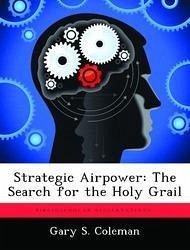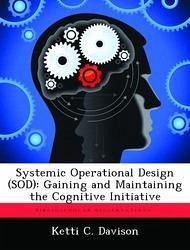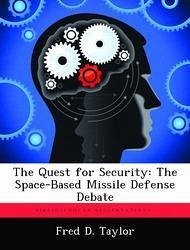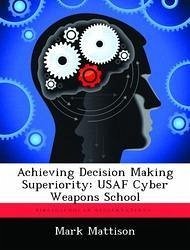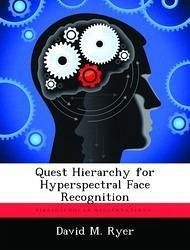Nicht lieferbar
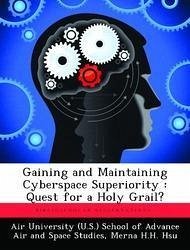
Gaining and Maintaining Cyberspace Superiority: Quest for a Holy Grail?
Versandkostenfrei!
Nicht lieferbar
Controlling cyberspace as a military domain is a challenge that demands critically assessing issues, questions, and assumptions, especially those at the foundation of the military's decision making for operations and requirements. This thesis examined whether cyberspace can be held in like manner to existing mediums. A brief survey of classical control theories for the land, maritime, and air domains, with the intent of identifying the basic framework and its key areas of emphasis, revealed several common elements in domain control. Strategies by classical theorists, such as Halford Mackinder ...
Controlling cyberspace as a military domain is a challenge that demands critically assessing issues, questions, and assumptions, especially those at the foundation of the military's decision making for operations and requirements. This thesis examined whether cyberspace can be held in like manner to existing mediums. A brief survey of classical control theories for the land, maritime, and air domains, with the intent of identifying the basic framework and its key areas of emphasis, revealed several common elements in domain control. Strategies by classical theorists, such as Halford Mackinder and Nicholas Spykman for land-centric theories; Alfred Thayer Mahan and Julian Corbett for maritime control theories; and William "Billy" Mitchell and J. C. Slessor for the air domain, relevantly can inform present-day and future cyberspace theorists and war planners. Given the nature of the cyberspace medium and the denominators common to controlling other domains, the US can gain and maintain cyberspace superiority. Cyberspace can be controlled in ways analogous to land, sea, and air domains. Denominators common across the classical control theories for air, land, and sea exist and are applicable to cyberspace's attributes as a dimension of war. Cyberspace control is not a Holy Grail. This work has been selected by scholars as being culturally important, and is part of the knowledge base of civilization as we know it. This work was reproduced from the original artifact, and remains as true to the original work as possible. Therefore, you will see the original copyright references, library stamps (as most of these works have been housed in our most important libraries around the world), and other notations in the work. This work is in the public domain in the United States of America, and possibly other nations. Within the United States, you may freely copy and distribute this work, as no entity (individual or corporate) has a copyright on the body of the work. As a reproduction of a historical artifact, this work may contain missing or blurred pages, poor pictures, errant marks, etc. Scholars believe, and we concur, that this work is important enough to be preserved, reproduced, and made generally available to the public. We appreciate your support of the preservation process, and thank you for being an important part of keeping this knowledge alive and relevant.




